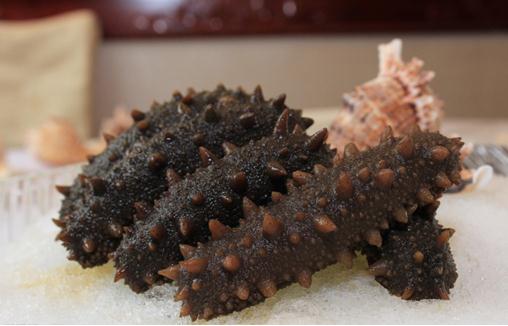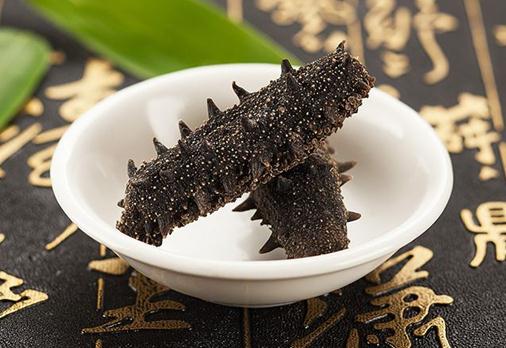無標題文檔On the evening of July 16, the party on March 15, which was postponed for four months, was broadcast on CCTV financial channel. In the first case, the use of antibiotics in sea cucumber culture was focused on.


Dichlorvos is a broad-spectrum insecticide and acaricide with contact, stomach toxicity and fumigation effects. It is an organic phosphorus pesticide, which is widely used to kill mosquitoes and flies at home. Most of them were poisoned by inhalation or by mistake or by suicide. The main symptoms are dizziness, headache, nausea and vomiting, abdominal pain, diarrhea, drooling, mydriasis, blurred vision, sweating and dyspnea. In severe cases, the whole body is tight, the chest is compressed, the muscles are beating, and the action is involuntary. The patient's voice was not clear, the pupil shrank, such as the tip of the needle was large or unequal, convulsions, foaming at the mouth, coma, incontinence of urine and urine, and the pulse and breathing were slowed down and finally stopped. On October 27, 2017, the list of carcinogens published by the international agency for research on cancer of the World Health Organization (who) was preliminarily collated for reference, and dichlorvos was included in the list of class 2B carcinogens.
Oxytetracycline, also known as oxytetracycline and geomycin, belongs to one of the tetracyclines. Because of its low price, many people used it in the treatment of fish diseases. Now it is prohibited to use it in aquaculture fish. It is metabolized very slowly in the body and widely distributed after absorption. It is easy to penetrate into the chest and abdominal cavity, and stored in the gallbladder, spleen, teeth and bone in the body, and can be used in the liver After internal concentration and secretion by bile, the drug concentration of bile can reach more than 10 times of the drug concentration in the blood. This part of efficacy will be discharged into the intestinal tract with bile, and then be absorbed and used again, and enter the liver and intestine circulation.
However, the current national standards GB 2763-2019 "national food safety standards maximum residue limits of pesticides in food" and GB 31650-2019 "national food safety standards maximum residue limits of veterinary drugs in food" do not give the residue limits of dichlorvos and oxytetracycline in sea cucumber. As a professional third-party organization in the field of food and environmental detection, Shandong Anpu Testing Technology Co., Ltd. has the qualification and ability to detect the residues of dichlorvos and oxytetracycline in sea cucumbers. It can provide comprehensive risk screening services for breeding, processing and business enterprises, and open a special green channel to escort the food safety of everyone!
Attachment: testing items of dry sea cucumber and fresh sea cucumber
Food category | Test items |
Dried sea cucumber (prefabricated dried animal products) | label |
Net content |
Sensory index |
water content |
protein |
salinity |
Water soluble total sugar |
Dry weight rate after rehydration |
Sand content |
N-dimethylnitrosamine |
Benzoic acid and its sodium salt (calculated by benzoic acid) |
Sorbic acid and its potassium salt (calculated by sorbic acid) |
Sea cucumber capsule and other aquatic products | Inorganic arsenic (as) |
Chromium (as Cr) |
Benzoic acid and its sodium salt (calculated by benzoic acid) |
Sorbic acid and its potassium salt (calculated by sorbic acid) |
sea cucumber | dichlorvos |
oxytetracycline |
malachite green |
chloramphenicol |
Metabolites of furazolidone |
Metabolites of furacilin |
Enrofloxacin |
Ofloxacin |
Pefloxacin |
norfloxacin |